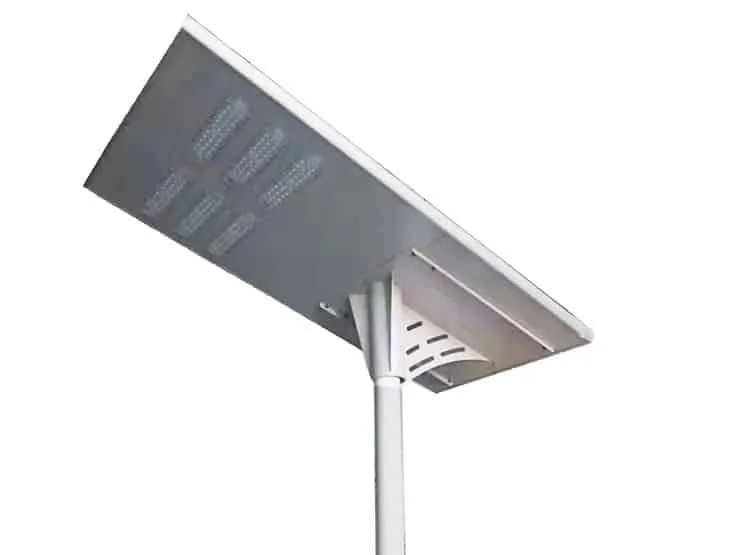Understanding the Cost Factors of Solar Street Lights in the Philippines
Solar street lights have become increasingly popular in the Philippines due to their numerous benefits, including energy efficiency, environmental friendliness, and cost-effectiveness. However, when considering the purchase of solar street lights, understanding the various cost factors involved is crucial. From initial investment to long-term savings, several elements influence the overall price of solar street lights in the Philippines.
Firstly, the cost of solar street lights in the Philippines is impacted by the quality and type of components used in their construction. High-quality solar panels, durable batteries, efficient LED lights, and robust poles contribute to the reliability and longevity of the system. While opting for cheaper components may seem like a cost-saving measure initially, it can result in higher maintenance expenses and shorter lifespan, ultimately outweighing any initial savings.
Moreover, the size and specifications of the solar street light system also influence its price. Larger systems with higher wattage solar panels and batteries are capable of providing more illumination and may be necessary for areas with greater lighting requirements. Additionally, features such as motion sensors, remote monitoring capabilities, and adjustable settings can add to the upfront cost but may enhance the functionality and efficiency of the solar street lights.
Installation costs are another significant factor to consider when evaluating the price of solar street lights in the Philippines. Proper installation by experienced professionals ensures optimal performance and longevity of the system. Factors such as site preparation, mounting options, and labor expenses can vary depending on the location and terrain, impacting the overall installation cost.
Furthermore, ongoing maintenance and operational costs should be taken into account when assessing the total cost of solar street lights. While solar-powered systems generally require minimal maintenance compared to traditional grid-connected lights, occasional cleaning, battery replacement, and repairs may be necessary to ensure optimal performance. Additionally, factors such as sunlight availability, weather conditions, and energy consumption patterns can affect the operational costs of solar street lights over time.

Despite the initial investment required, solar street lights offer significant long-term savings potential. By harnessing solar energy, these lights eliminate electricity bills and reduce reliance on the grid, resulting in substantial cost savings over their lifespan. Moreover, the durability and low maintenance requirements of solar street lights contribute to further cost savings, making them a financially viable and sustainable lighting solution in the Philippines.
| Nr. | Article Name |
| 1 | All-in-Two Solar Street Light |
In conclusion, understanding the various cost factors of solar street lights is essential for making informed decisions when purchasing and installing these systems in the Philippines. By considering the quality of components, system specifications, installation expenses, and long-term savings potential, stakeholders can effectively evaluate the overall cost-effectiveness of solar street lights. Despite the initial investment, the numerous benefits of solar-powered lighting make it a compelling choice for illuminating streets, pathways, and public spaces across the Philippines.






